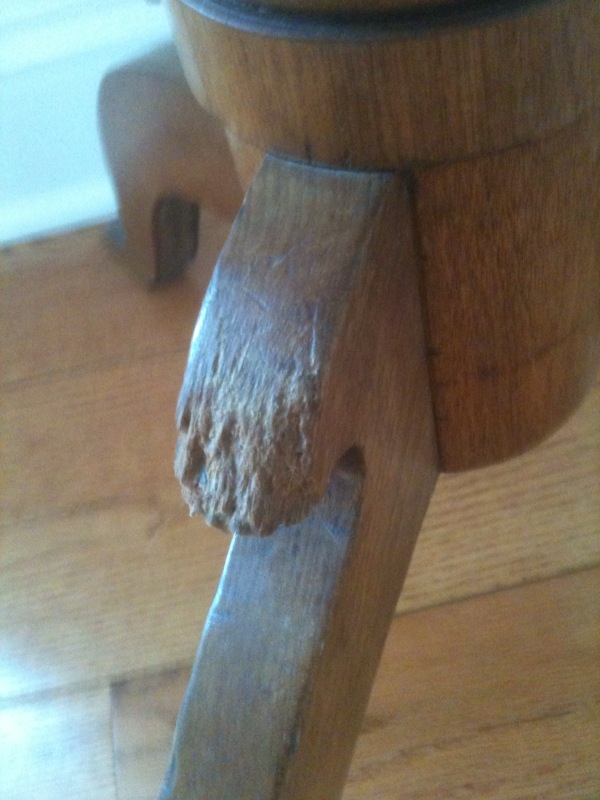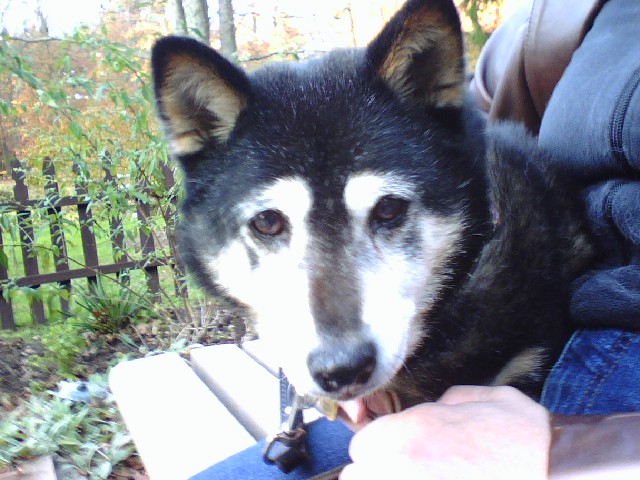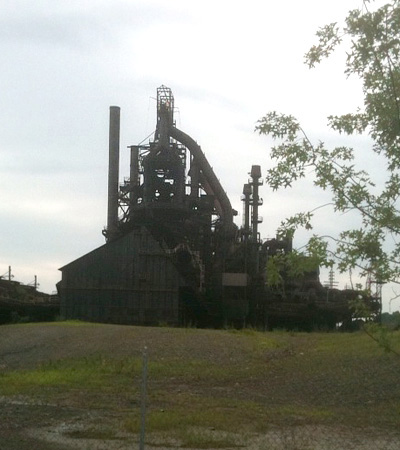Kuma's Table
In my previous post, “Telling an Appreciative Story,” I wrote about how my wife and I stumbled upon the rotting Bethlehem Steel factory and dismissed it as a monstrosity — only to later discover that it had contributed much to society and was still loved by some.
At the end of the post, I asked readers to attempt an exercise: They were to find objects that frightened or confused them, or that they’d normally pass by, and they were to ask themselves: “Who loves that object?” and “Why do they love it?” The answers, I figured, might trigger some surprising stories.
I myself tried the exercise, and it did spark stories. I thought I’d share one.
In 1995 my wife and I went to an antiques show and bought a pedestal table. The thing that struck us about it was a primitive-looking carving that ran along the table’s circumference. We’d never seen anything like it, so we brought it home and displayed it in the hall by the front door. It instantly become the best piece we owned.
 A few days later, while I was at work, my wife phoned and said, “You won’t believe it. Kuma ate the table.” When I got home, I saw it was true.
A few days later, while I was at work, my wife phoned and said, “You won’t believe it. Kuma ate the table.” When I got home, I saw it was true.
Our black-and-tan Shiba Inu puppy, Kuma, had been left alone and had gnawed on one of the table’s legs.
Neither my wife nor I truly blamed the puppy. After all, we should have used baby gates to confine her to the kitchen. Still, we were irritated. “The table is ruined,” I said. “Let’s hide it in a corner.” I probably pointed a finger at Kuma, too, and called her a bad girl.
As I said, that was fifteen years ago. Yesterday, because of the exercise, I was in our living room studying the table. In particular, I was running my fingers along Kuma’s bite marks.
 You know what’s funny? Those gashes, which were the very things I thought had ruined the table, now make it irreplaceable to me.
You know what’s funny? Those gashes, which were the very things I thought had ruined the table, now make it irreplaceable to me.
In 2007, Kuma, who at that time was nearly thirteen, died. The table, then, gives me a direct experience of her. I rub those grooves she chewed into the wood and smile.
Objects may be inanimate, but they have a history – same as us. Writing about where they’ve been and what they’ve done might lead you into a place you couldn’t expect.
